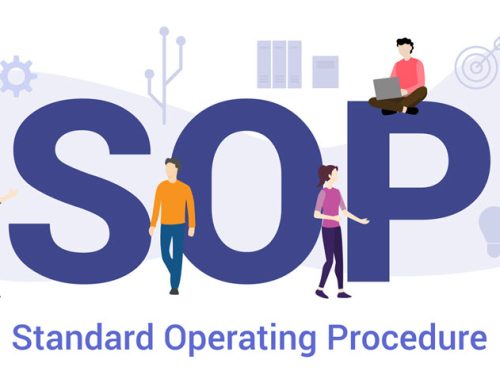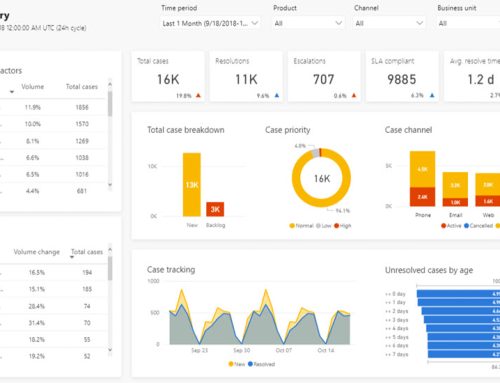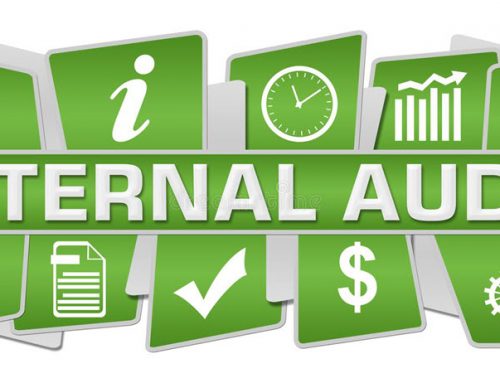Supplier evaluation is the process of assessing the capabilities and performance of potential or current suppliers. It is an important step in the procurement process as it helps organisations ensure that they are working with reliable and capable suppliers who can meet their needs and requirements. Implementing a supplier evaluation process involves several steps, which include identifying the suppliers to be evaluated, developing the evaluation criteria, conducting the evaluation, analysing the results, negotiating the terms and conditions of the supplier agreement, and implementing and monitoring the supplier relationship.
Identify the Suppliers to be Evaluated
The first step in implementing a supplier evaluation process is to determine the criteria for selecting suppliers. This may include factors such as the supplier’s experience, track record, financial stability, and ability to meet deadlines. It is important to carefully consider these criteria as they will help you narrow down the pool of potential suppliers and identify those that are most likely to meet your needs.
Once you have determined the criteria for selecting suppliers, the next step is to collect information about the potential suppliers. This may include their products or services, pricing, and delivery times. You may want to use a variety of methods to gather this information, such as conducting online research, contacting industry associations or trade groups, or asking for recommendations from other businesses.
Develop the Criteria for the Supplier Evaluation Process
Once you have identified the suppliers to be evaluated, the next step is to develop the evaluation criteria. This should be based on the specific needs and requirements of your organisation. For example, if you are a manufacturer, you may want to consider factors such as the supplier’s ability to provide high-quality raw materials, their manufacturing processes, and their ability to meet production deadlines.
It is also important to determine the weight of each evaluation criterion and to establish a scoring system. For example, you may decide that the supplier’s ability to provide high-quality raw materials is more important than their pricing, and therefore give it a higher weight in the evaluation. Establishing a scoring system will help you objectively compare the different suppliers and make an informed decision.
Carry out the Supplier Evaluation Process
The next step is to gather data and information about the suppliers and to use the established evaluation criteria and scoring system to evaluate them. This may involve conducting site visits, reviewing the supplier’s quality management systems, and evaluating their financial stability. It is important to document the evaluation results so that you can refer back to them later.
You may want to consider using a standardised supplier evaluation form or template to ensure that all suppliers are evaluated consistently. You should also be prepared to ask the suppliers questions about their products or services, delivery times, and any other issues that are relevant to your organisation.
Analyse the Results and Select the Best Supplier
Once the evaluations have been completed, it is time to analyse the results and determine the overall best supplier. This may involve comparing the evaluation results of all suppliers and considering which one meets the needs and requirements of your organisation most closely.
It is important to thoroughly review and analyse the results to ensure that you are making an informed decision. You may want to consider seeking input from other members of your organisation, such as purchasing, finance, and operations, to get a well-rounded perspective on the different suppliers.
Negotiate the Terms and Conditions of the Supplier Agreement
Once you have chosen the best supplier, the next step is to negotiate the terms and conditions of the supplier agreement. This may involve discussing the evaluation results with the supplier and negotiating the pricing, delivery times, and other important details of the agreement.
Implement and Monitor the Supplier Relationship
The final step in the supplier evaluation process is to implement and monitor the supplier relationship. This may involve finalising and signing the supplier agreement, setting up a system for monitoring the supplier’s performance, and regularly reviewing and evaluating the supplier’s performance to ensure that they are meeting the terms and conditions of the agreement.
In conclusion, implementing a supplier evaluation process is an important step in the procurement process. By following the steps outlined above, you can ensure that you are working with reliable and capable suppliers who can meet the needs and requirements of your organisation. It is also important to regularly review and evaluate the performance of your suppliers to ensure that they continue to meet your expectations.






